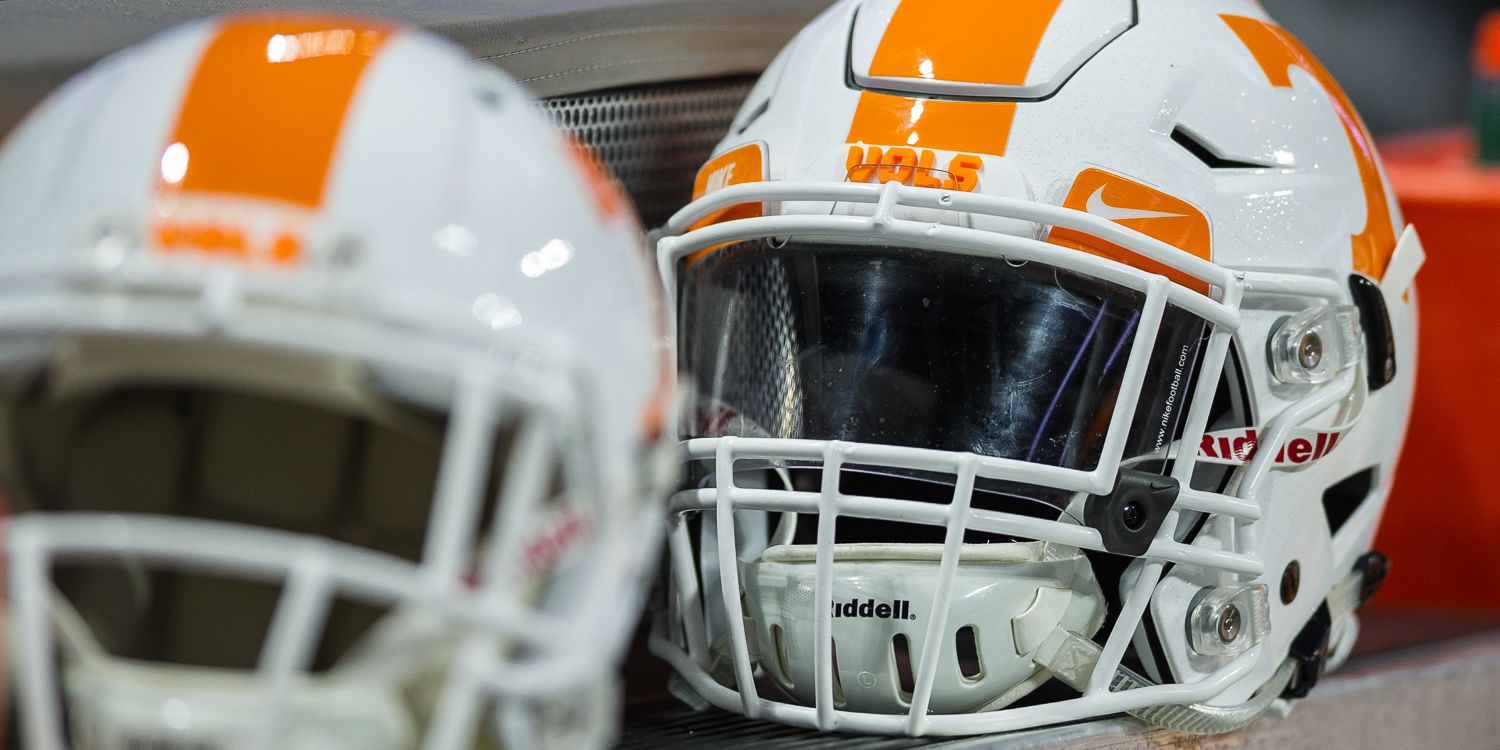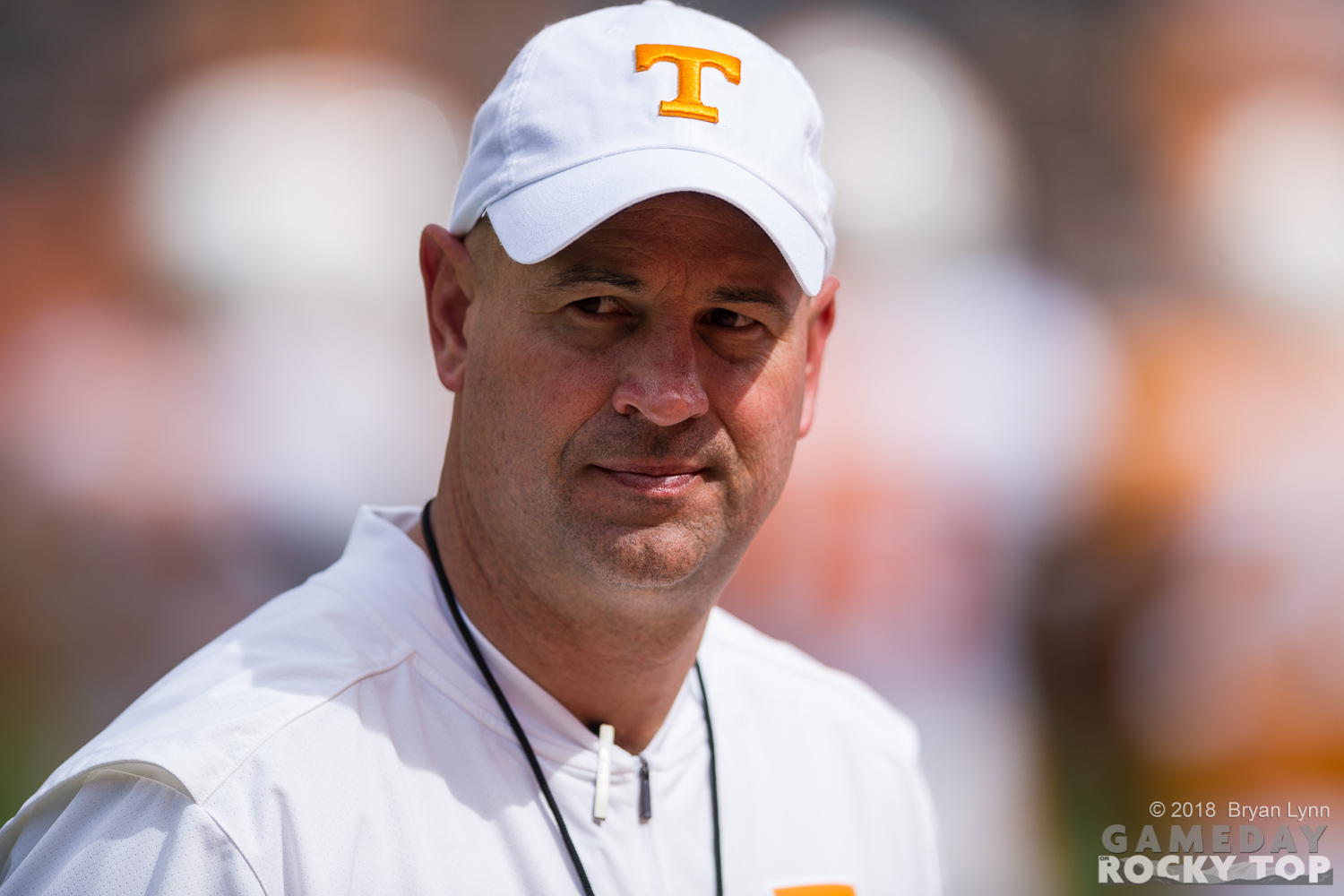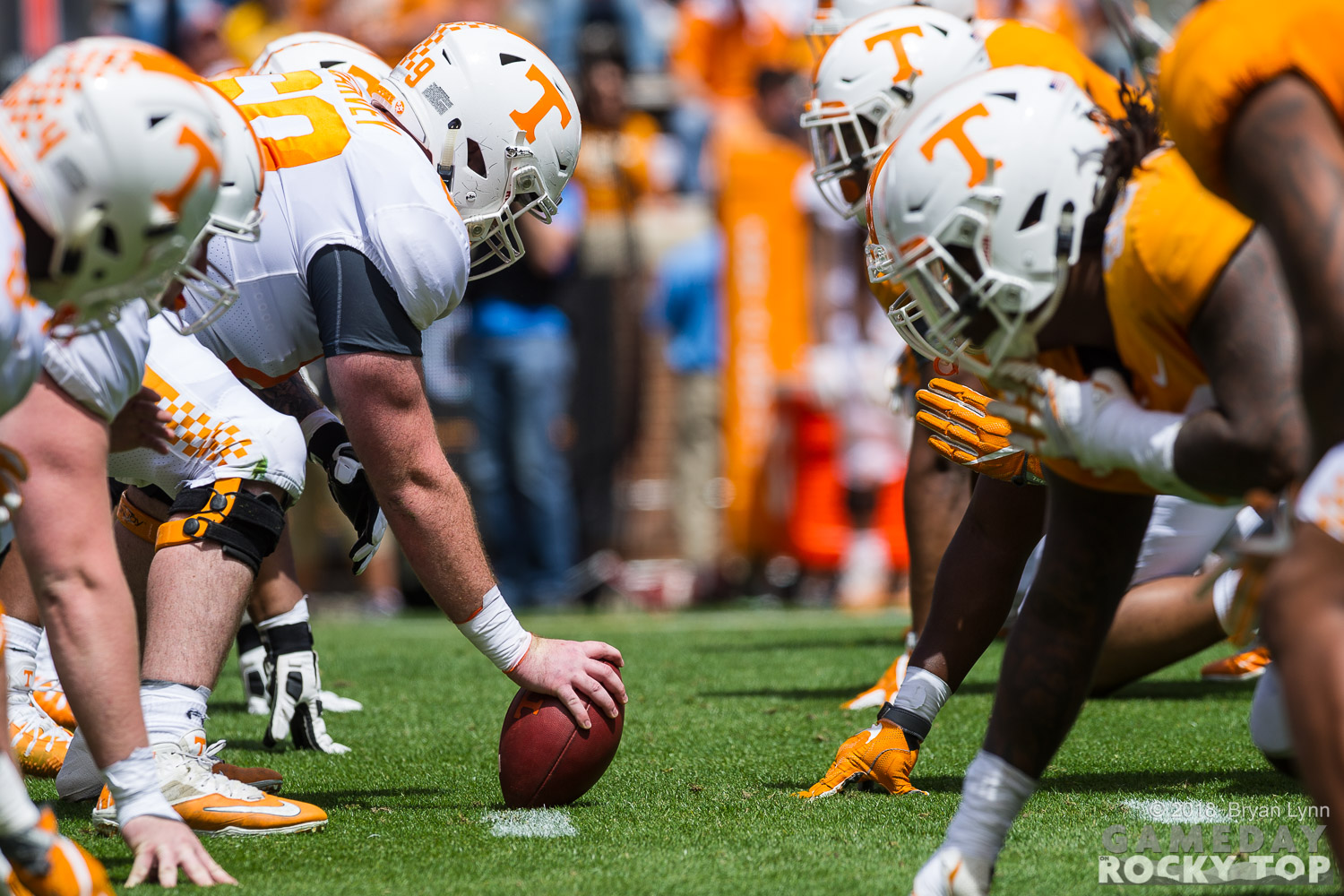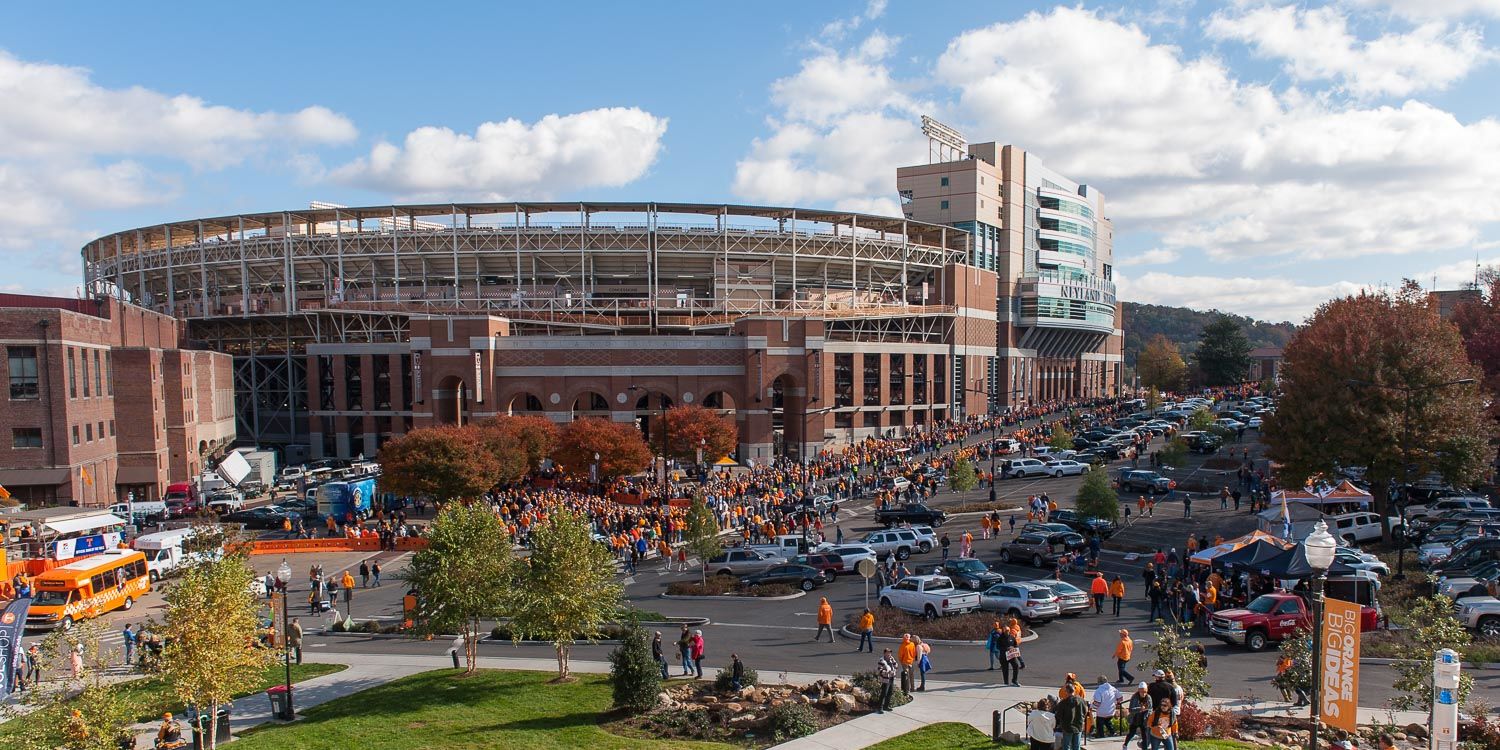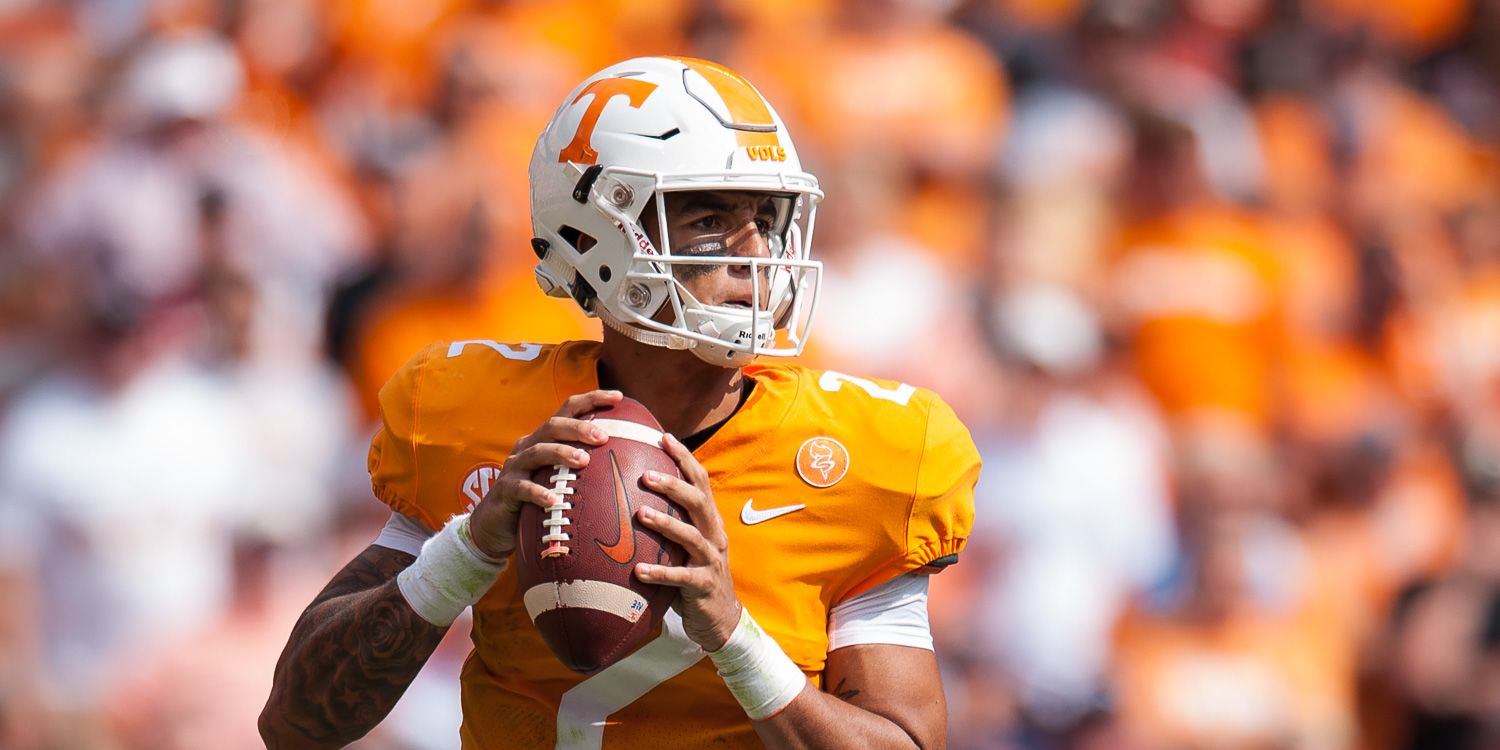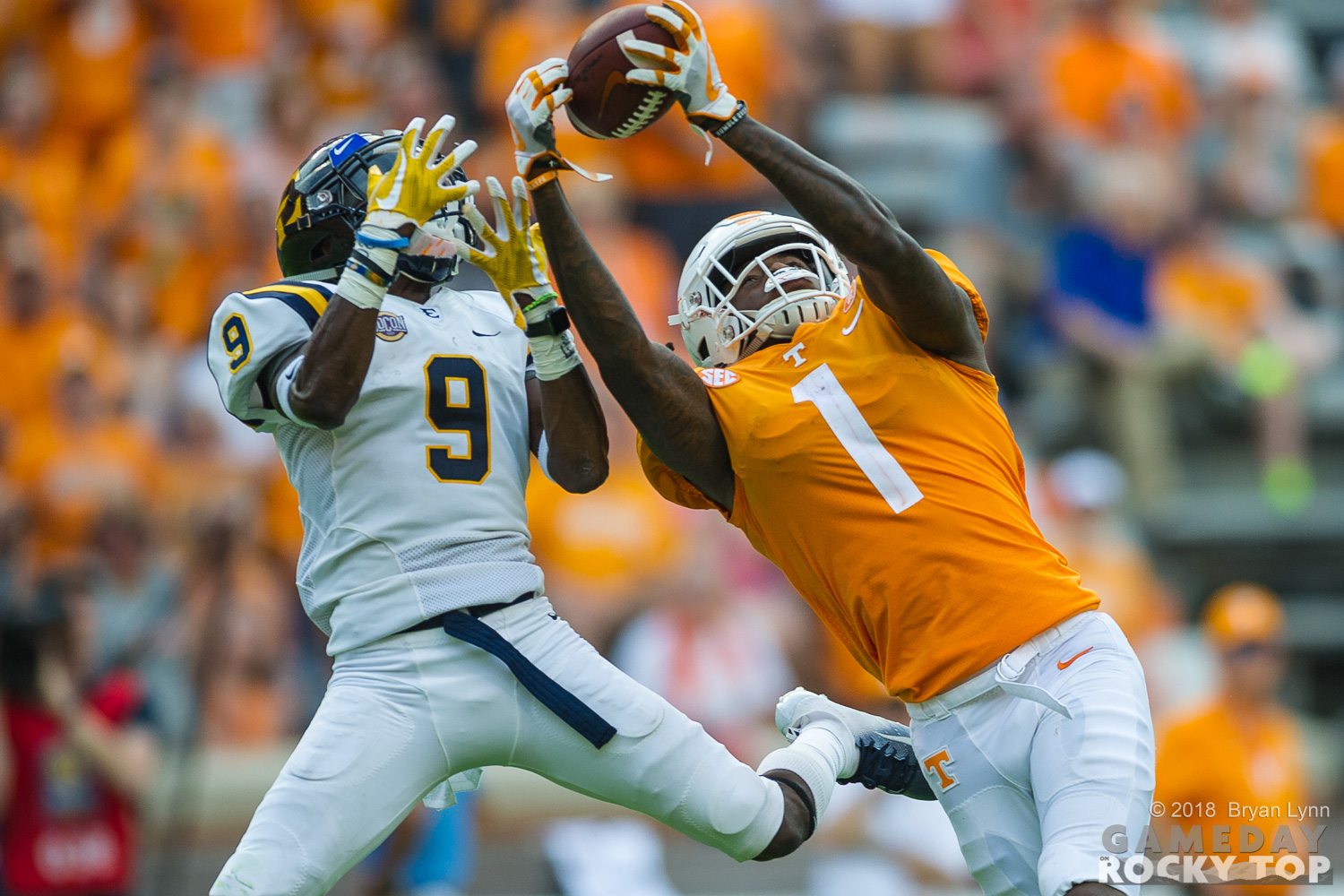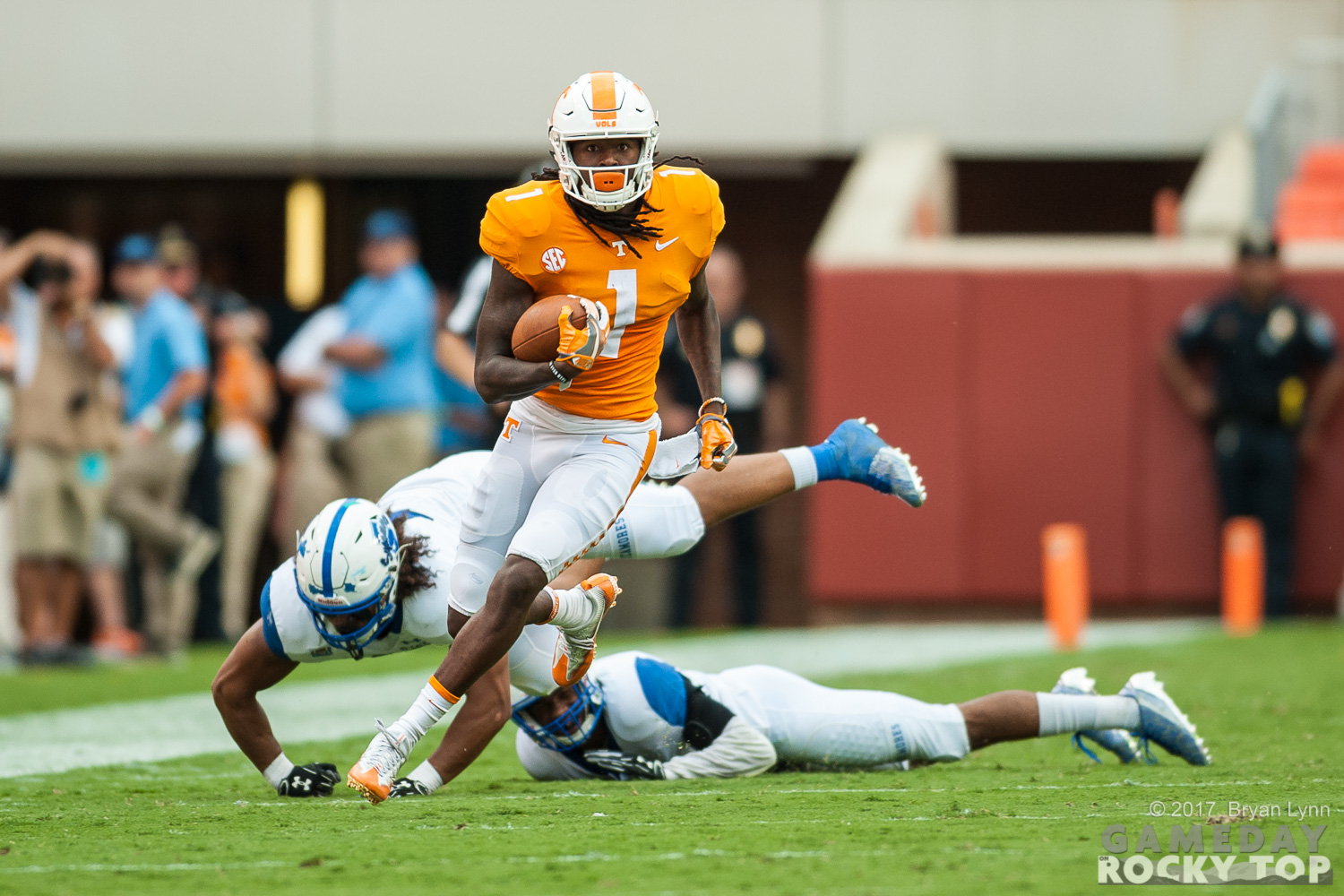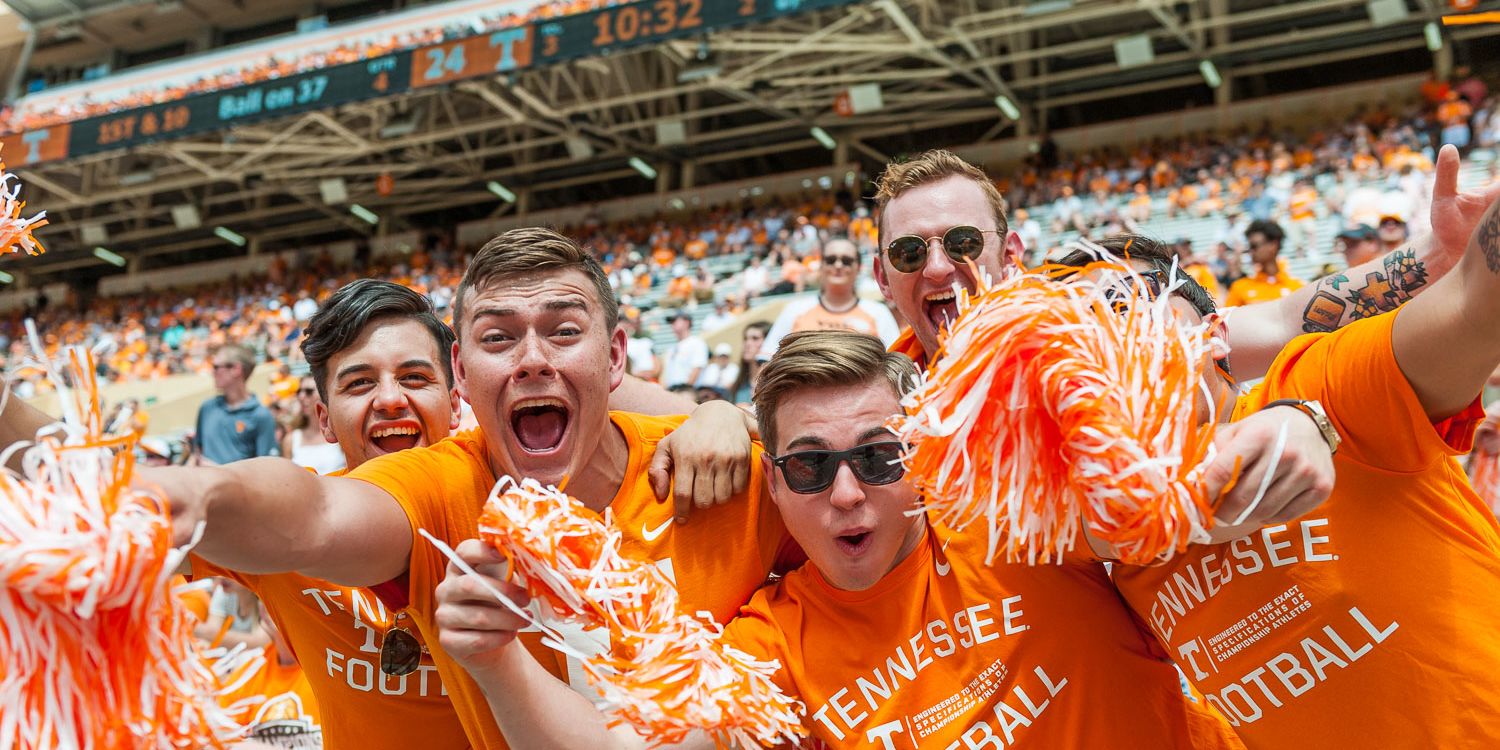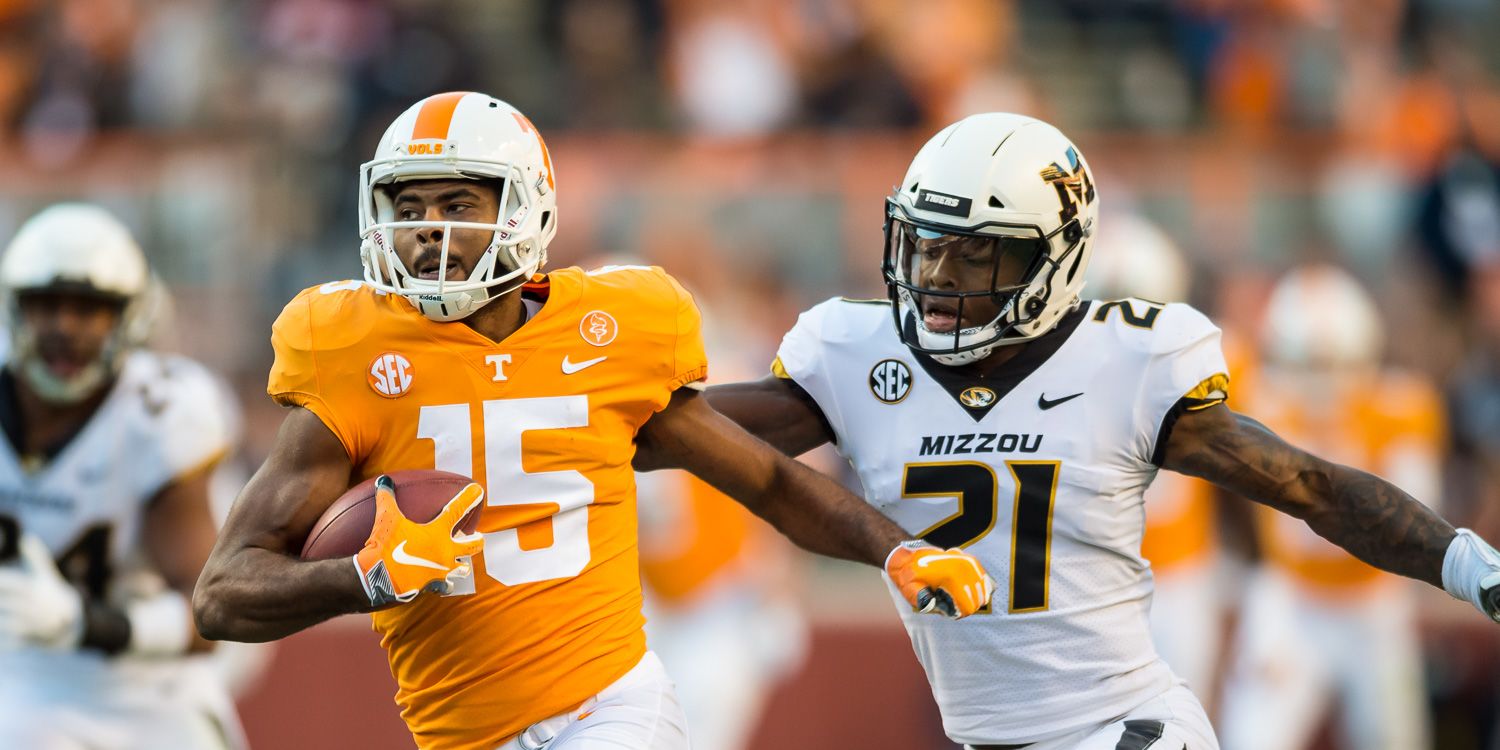In the 90’s, Tennessee had five Freshman All-Americans: Aaron Hayden and Raymond Austin in 1991, Jamal Lewis in 1997, and Albert Haynesworth and Leonard Scott in 1999. All five made the first team. (Research via Tennessee’s 2019 media guide)
In the next decade, that number jumped to 18, including seven first-teamers: Michael Munoz in 2000, Kelley Washington in 2001, James Wilhoit in 2003, Roshaun Fellows in 2004, Josh McNeil in 2006, Eric Berry in 2007, and Aaron Douglas in 2009.
With one year to go, the Vols have placed 14 players on Freshman All-American teams in this decade, including nine first-teamers: James Stone in 2010, A.J. Johnson and Marcus Jackson in 2011, Jashon Robertson and Derek Barnett in 2014, Chance Hall in 2015, Trey Smith in 2017, and Bryce Thompson and Joe Doyle last season.
Freshmen are playing faster everywhere these days. But at Tennessee, on its fourth new coach since 2008, the new guys get more opportunities…especially in a coach’s second year.
Using the starting lineups from the media guide, here’s every true freshman starter I found in the post-Fulmer era:
| 2018 | J. Carvin | A. Taylor | B. Thompson | |||
| 2017 | T. Smith | J. Palmer | ||||
| 2016 | ||||||
| 2015 | J. Jennings | C. Hall | D. Kirkland | |||
| 2014 | J. Hurd | J. Malone | E. Wolf | J. Robertson | C. Thomas | D. Barnett |
| 2013 | M. North | J. Smith | C. Sutton | |||
| 2012 | L. McNeil | |||||
| 2011 | M. Jackson | AJ Johnson | C. Maggitt | B. Randolph | ||
| 2010 | T. Bray | J. Stone | ||||
| 2009 | A. Douglas | J. Jackson |
Freshmen carry the heaviest weight not in year one, but year two: a coach’s first full recruiting class, a chance to get your guys in the mix. In 2011 all four of those starters earned Freshman All-American honors. In 2014 Butch Jones went all-in with six true freshmen starters, plus Todd Kelly Jr. who made the SEC All-Freshman team off the bench. In both cases, those guys would become significant pieces in what we hoped would be arrival seasons in 2012 and 2015-16; you’ll note the absence of true freshmen starters in 2012 (LaDarrell McNeil started after Brian Randolph tore his ACL against Florida) and in 2016 (Nigel Warrior made the SEC All-Freshman team off the bench).
We’ve been penciling in Wanya Morris and Darnell Wright as starters at offensive tackle this fall; Marcus Tatum might have something to say about some of that, but the Vols did start two freshmen on the line in 2014. Coleman Thomas was baptized by fire at Oklahoma, but the Vols still put together a potent offense as the year went along.
From there the sense for the 2019 Vols was that they didn’t have to have freshmen lead right away elsewhere, but if options emerged so be it. Early in fall camp, two of the most frequent names aren’t really that surprising: Eric Gray in the backfield, and Henry To’o To’o at linebacker. I’m not sure Gray will unseat Ty Chandler; the Vols are going to give plenty of opportunity to multiple backs anyway. But To’o To’o is Tennessee’s highest-rated signee behind the offensive tackles, and there is more opportunity to be a “starter” at linebacker than running back.
The mythical year two is usually thought of as one for big leaps. At Tennessee under Derek Dooley and Butch Jones, it was a chance to play a bunch of freshman and generate initial excitement. Dooley’s year two was derailed by injuries to Justin Hunter and Tyler Bray, but only after that excitement broke through against Cincinnati. Butch’s year two built on a close loss at Georgia before the Vols gave away the Florida game; sophomore Josh Dobbs won momentum back by season’s end.
For Jeremy Pruitt, no one is talking about this year two being a leap to championship contention. But if he can showcase his freshmen alongside the returning talent, that sense of excitement can show up on fall Saturdays. And considering the depths from which we’re climbing, there might be enough excitement for not just the future but the present.
